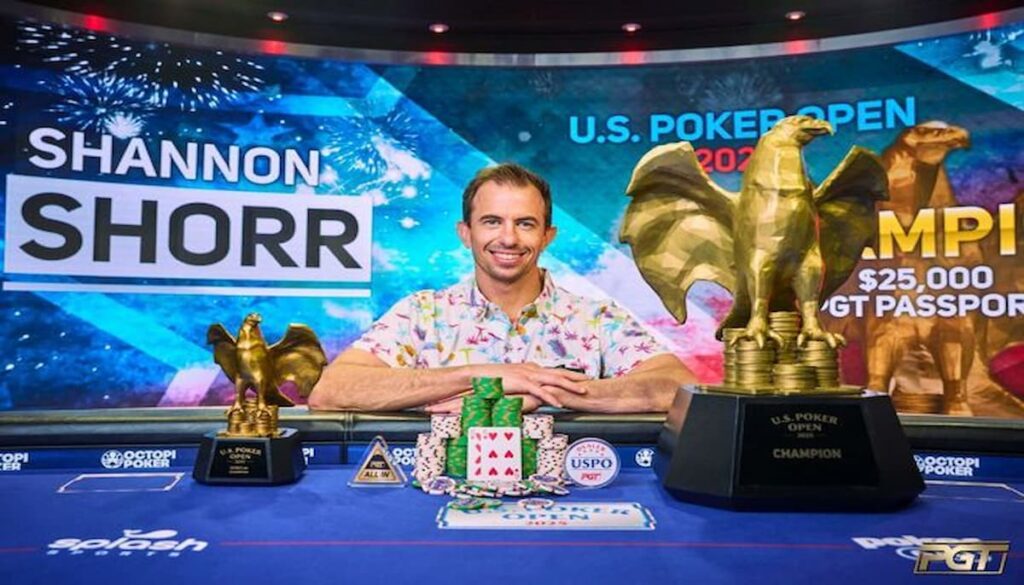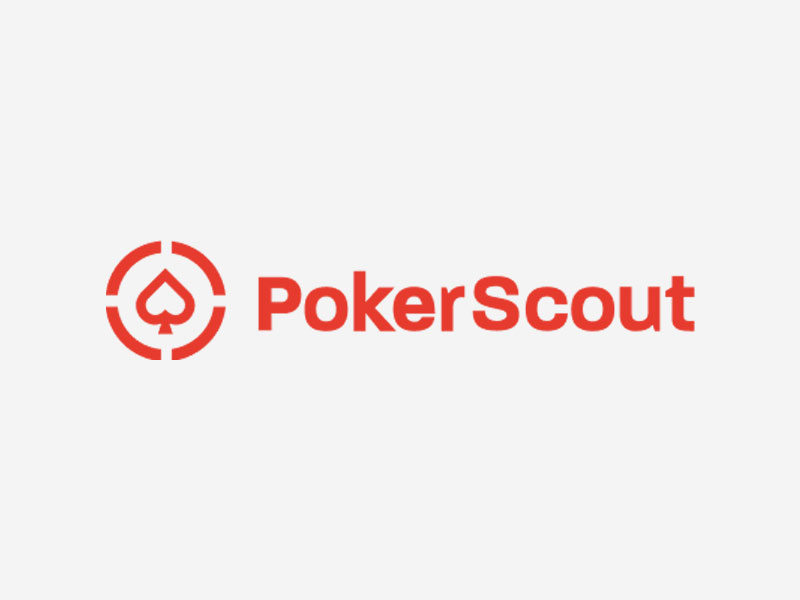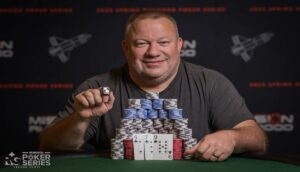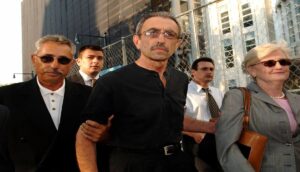As is often the case with any successful poker event, secondary social media debates have crept into the conversation. This time around, photos from this week’s PokerStars Players Championship of Christoph Vogelsang seemingly preparing for a ski-run have rekindled the topic of facial coverings.
Example of face covering in above poll. I’m also interested why you think it should/shouldn’t be allowed and if you feel getting tells and social interaction is a part of game. Would playing with more players like this affect your enjoyment? Also remember this is a job for some. pic.twitter.com/IAkQtek2ED
— Matt Savage (@SavagePoker) January 8, 2019
There are a number of threads to the debate, but the gist is how covering one’s face resonates with recreational players. Some of the trains of thought include:
- Does it intimidate them and scare them off?
- Is it antisocial and annoying?
- Should the Tournament Directors Association take action and install rules against certain facial coverings?
My answer to all three of these questions is yes.
My own poker experience
I started taking poker very seriously in the late 1990’s and played professionally until 2007. During that time I occasionally wore a baseball hat, but never wore sunglasses or headphones at a poker table.
I eschewed donning these items for multiple reasons:
- There was no need to draw attention to myself.
- People were far more friendly and talkative, which provided me with reads and information I otherwise wouldn’t receive.
- I enjoyed social interaction and remaining engaged made my job more enjoyable.
Underpinning all of these reasons was that I felt that as a professional player, my primary goal was to create a good gambling atmosphere. I wanted to make the experience as enjoyable as possible for the other players at the table.
If I did that, I would never have an issue beating the game. However, a player cannot accomplish that goal if half their face is covered, they’re off in their own world wearing headphones, and they’re not interacting with the rest of the table.
There is no consensus about this issue in the poker community
On the other hand, players like Vogelsang might say that their first priority is to maximize their advantage at the table at all times. There is some logic to that line of thought – it would seem as though squeezing out every nickel of equity I could during every session would be the proper strategy.
In reality, it actually makes winning money progressively harder. Yes, a player might incrementally improve their short-term win rate by hiding. However, in the long run, they’re doing irreparable harm to themselves.
I’m not the only poker player who held that belief.
The fact the poker world is debating whether or not a shroud is a necessary part of the game really makes me miss Chip Reiss, someone who always understood why sometimes taking the worst of it meant that in the long-term you could get more of the best of it.
— Jessica Welman (@jesswelman) January 8, 2019
Like Chip Reese, I’ve seen very good games dry up because of a person’s poor behavior. If you’re the reason the fun players won’t play, you lose out in the long run, and you’ll stop getting invites to good games.
As someone who now considers themselves a fun player, I know that a covered face isn’t exactly calling me back to the poker tables. Someone who refuses to talk, wears headphones, and is disconnected from the rest of the table discourages the atmosphere in which poker is most profitable.
The poker ecosystem is extremely fragile
New players are simply not joining poker at the same rate they were during the poker boom. Considering the current attrition rate of casual poker players in the modern poker world, it’s a major problem if these antics turn-off even 1 out of 20 people.
For example, look at the trajectory of entries for the low buy-in Colossus at the World Series of Poker:
With 22,374 entries, the 2015 Colossus was a massive success. Attendance dipped a little in 2016, but at 21,613 entries was still very strong.
Then, attendance fell off a cliff in each of the next two years. The total number of entries declined by 16 percent in 2017 and 28 percent in 2018.
So what happened?
I believe that casual players who wanted to play in a WSOP event took their shots in 2015 and 2016. Unfortunately, many probably weren’t overly enamored with the experience.
So, instead of drawing repeat customers, it would appear that Colossus was a one-time thing for many. The idea of plunking down $500 and paying for a trip to Vegas to play against silent pros wearing scarves and headphones isn’t very appealing.
New Players Get A Free Bonus At WSOP.com NJ
-
Visit WSOP NJ
- $10 No Deposit100% to $1,000 With Deposit
- WSOP NJ ReviewOverall Grade A-
- Games B+
- Support B
- Banking A-
- Player Value A
Should the poker powers-that-be get involved?
As much of a problem as I think this is, I’m not sure there’s a viable solution.
Consider the introduction of a reasonable rule like, “a player cannot cover their face above the chin or below the eyes.”
Such a rule would undoubtedly lead to debate, controversy, and individualized house rules. There would be religious reasons to consider. Medical masks could never be disallowed, regardless of the player’s health condition.
I appreciate when players wear surgical masks when they have a cold. Not allowing surgical masks would NEVER fly in Asia and of course if it’s a medical condition it has to be allowed. We allow dogs in some poker rooms now FFS.
— Matt Savage (@SavagePoker) January 8, 2019
And, of course, a TD could never ban a player from hiding their face in their arms. So, a rule from the powers that be is not the answer.
Instead, the solution rests with the players themselves. Quite simply, players have to realize that whatever tiny bit of equity they might be giving away in the present will be more than offset by softer games down the road.
The post Vogelsang’s Hoodie At PSPC Provokes Debate About Facial Coverings appeared first on .


 Visit WSOP NJ
Visit WSOP NJ






